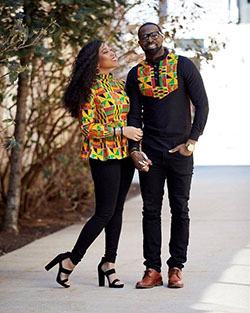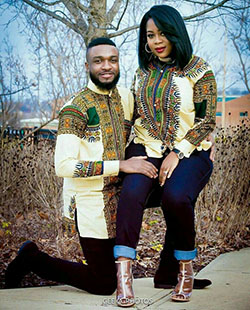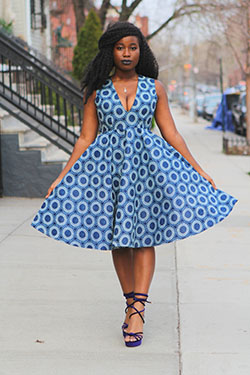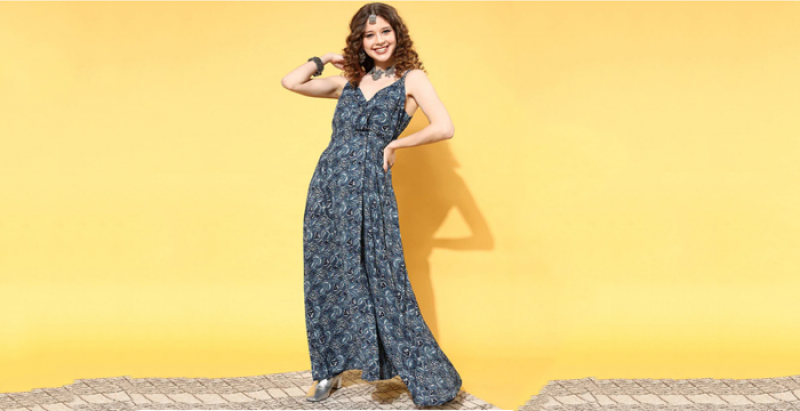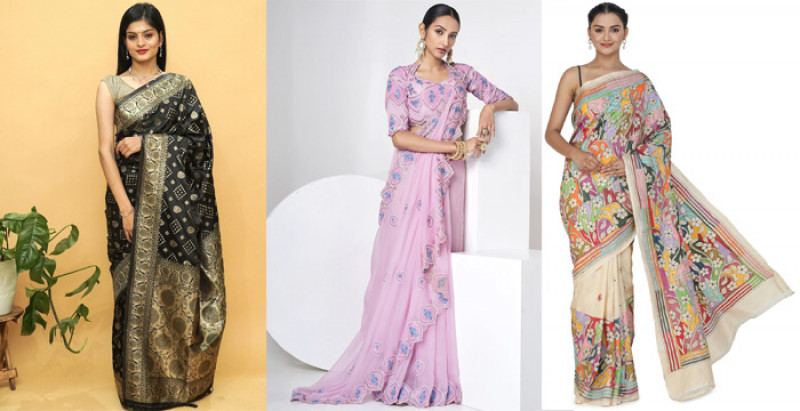
Sarees have been a staple item of clothing for Indian women since ancient times. Over the years, the garment has evolved in terms of designs, draping styles, and even methods of weaving to cater to the concurrent trends, regional traditions, and even economic needs of women wearing them.
Given the extensive cultural diversity of India, it is not surprising that there are countless different types of sarees found across the length and breadth of the country. Kantha saree from exoticindiaart.com is one of the lesser-known types of saree that originated in West Bengal and is known for its simple design and majestic appeal that helps to enhance the beauty and elegance of the wearer.
What Is A Kantha Saree?
Kantha saree is a handcrafted saree with a unique style of embroidery based on a centuries-old tradition. The concept of these sarees was first developed in the Bolpur area of Birbhum in West Bengal. The Sanskrit translation of Kantha is “patched cloth” and it is a craft unique to the rural areas of Bengal. Traditionally Kantha was used for making quilts, bed covers, and a wide range of attire by stitching together layers of old sarees, dhotis, and other fabrics.
Kantha sarees from exoticindiaart.com are known for the ripple texture of their fabric and their intricate designs created with the help of a simple running stitch. The sarees reflect the skill and craft practiced by the women in rural Bengal and are passed on from mother to daughter across each generation without the support or endorsement of the rich and elite gentry.
How Kantha Sarees Are Made?
The making of Kantha sarees is an extremely labor-intensive task and involves elaborate work. The task is mostly carried out by women who have learned the craft of Kantha stitching from their mothers and grandmothers. Most of these women are illiterate and do not have any formal training in creating the saree. Hence these women work under the super supervision of entrepreneurs who oversee the entire process of making the sarees and help in marketing the finished sarees to the right buyers. The various steps involved in the creation of Kantha sarees are explained briefly as follows.
- Procuring Raw Materials: Making the Kantha sarees starts with the procurement of the right fabric that forms the saree base. In addition, the threads to be used for embroidery are also purchased along with any other tools and accessories. Most entrepreneurs prefer to purchase the raw materials in bulk to bring down the investment cost and to provide employment opportunities to a greater number of rural women.
- Selecting The Design: The designs and the patterns to be embroidered on the saree are selected either by the entrepreneurs, supervising the production, or by the craftswomen themselves. Generally, the choice of design and patterns is left to the women making the saree as they can use their creativity and experience to create a wide variety of unique and innovative designs that make each saree look different.
- Embroidering The Designs: Once the design and pattern have been decided, the craftswomen commence the work of stitching the same onto the saree. This might take weeks or even months depending on the complexity of the design and the time that the women can dedicate to this task. The important thing to understand here is that most women involved in the task of embroidering the Kantha sarees usually do the work in their free time and after completing their everyday household chores.
- Finishing Touches: After the embroidery work has been completed the sarees are checked for any loose threads or defects in embroidery. Any faults found in the sarees are rectified before sending them for washing. The washed sarees are ironed and polished to make them ready for sale. In case a sari is found unsuitable for sale due to any reason, it is cut and made into smaller items such as blouses, handbags, cushion covers, etc.
Which Fabric Is Used In Kantha Sarees?
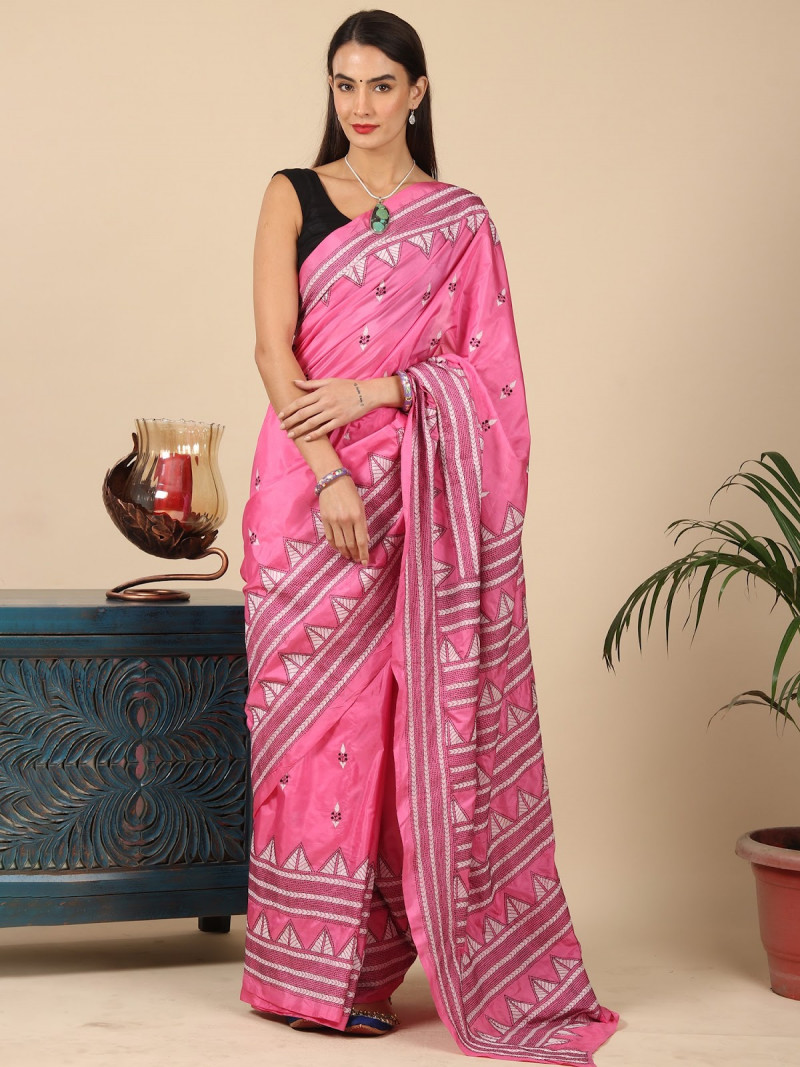
In the traditional method of making Kantha sarees, the fabrics from old worn-out sarees and dhotis were used to create designs and patterns on a plain saree and enhance its beauty and appeal. The thread used for stitching embroidered patterns was also drawn from the borders of older sarees and other garments. Cotton was generally the fabric of choice for making these sarees as it was easily available and affordable for rural women who were struggling with poverty. With the growing popularity of Kantha stitched sarees in recent years, the base fabric used for the sarees is generally pure silk and tussar silk, although cotton is still preferred by many entrepreneurs. These fabrics help in maintaining the light weighted feel of the sarees and creating the rippled texture. Moreover, the embroidered patterns are mostly created using fresh rolls of thread.
What Are The Different Types Of Kantha?
Even though the Kantha stitch sarees predominantly feature patterns and designs created using simple running stitches, other types of stitches may also be used. Thus, the Kantha sarees can be categorized as follows based on the type of stitch used.
- Running Kantha: This is the earliest form of Kantha and comprises the original straight running stitch. It is further classified as Nakshi Kantha, wherein embroidered figures are used to narrate a tale, and Par Tola Kantha, which mostly features geometric patterns and shapes.
- Lik or Anarasi Kantha: This type of Kantha stitch is similar to running Kantha except that it is used to present the shape of the pineapple in numerous variations.
- Lohori Kantha: Also known as wave Kantha, it is further classified into Soja or simple from, Kautar Khupi or triangle form, and Borfi or diamond form.
- Sujni Kantha: Exclusive to the Rajshahi area of Bangladesh and some parts of Bihar, this type of Kantha stitch is famous for its rippling floral and vine pattern.
- Cross-Stitch Kantha: This form of Kantha is also referred to as carpet Kantha and was developed during the period of British Rule over India.
Wrapping Up
Kantha stitch sarees are the perfect example of the artistic genius prevalent in rural India and hence need to be promoted and an integral part of the country’s heritage.






